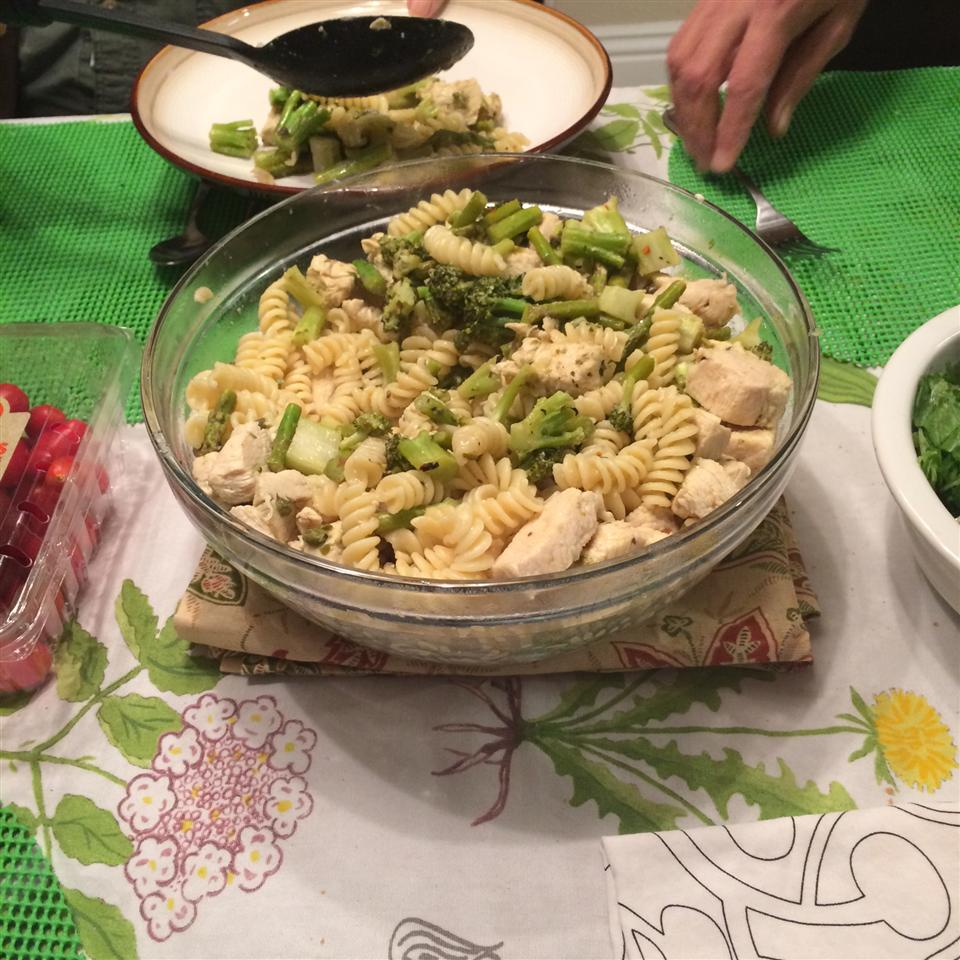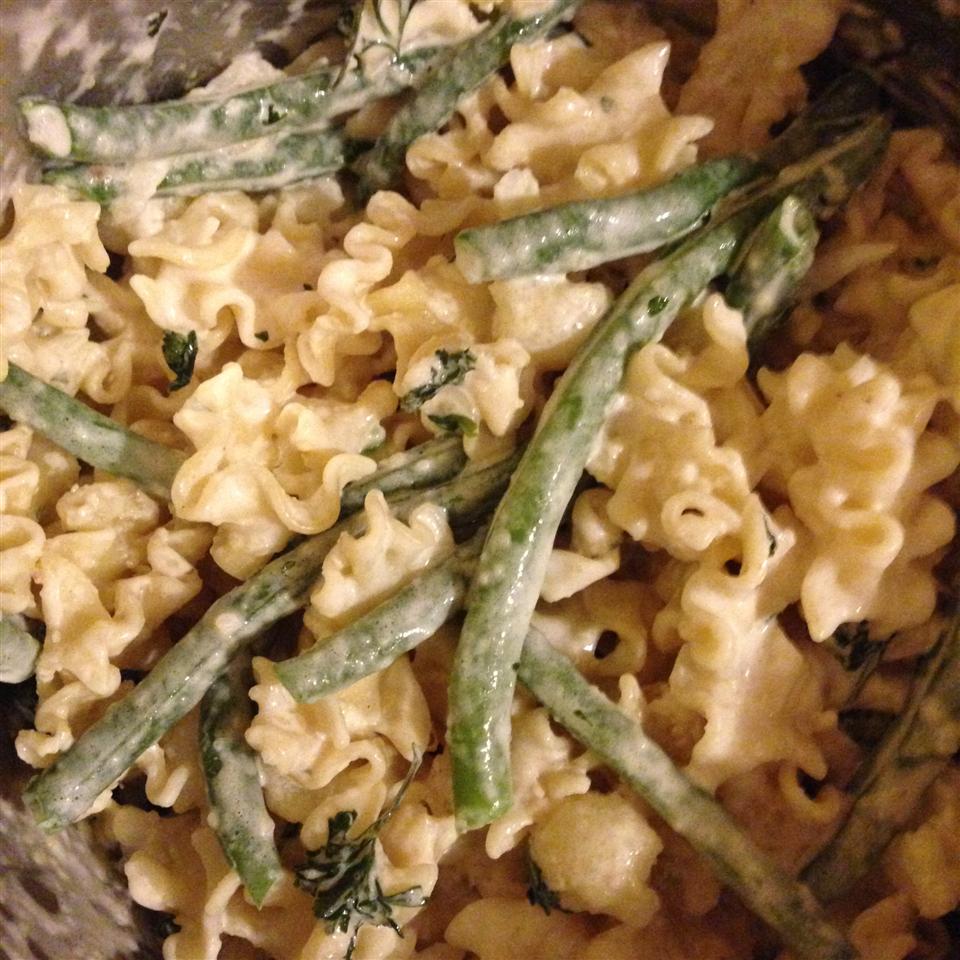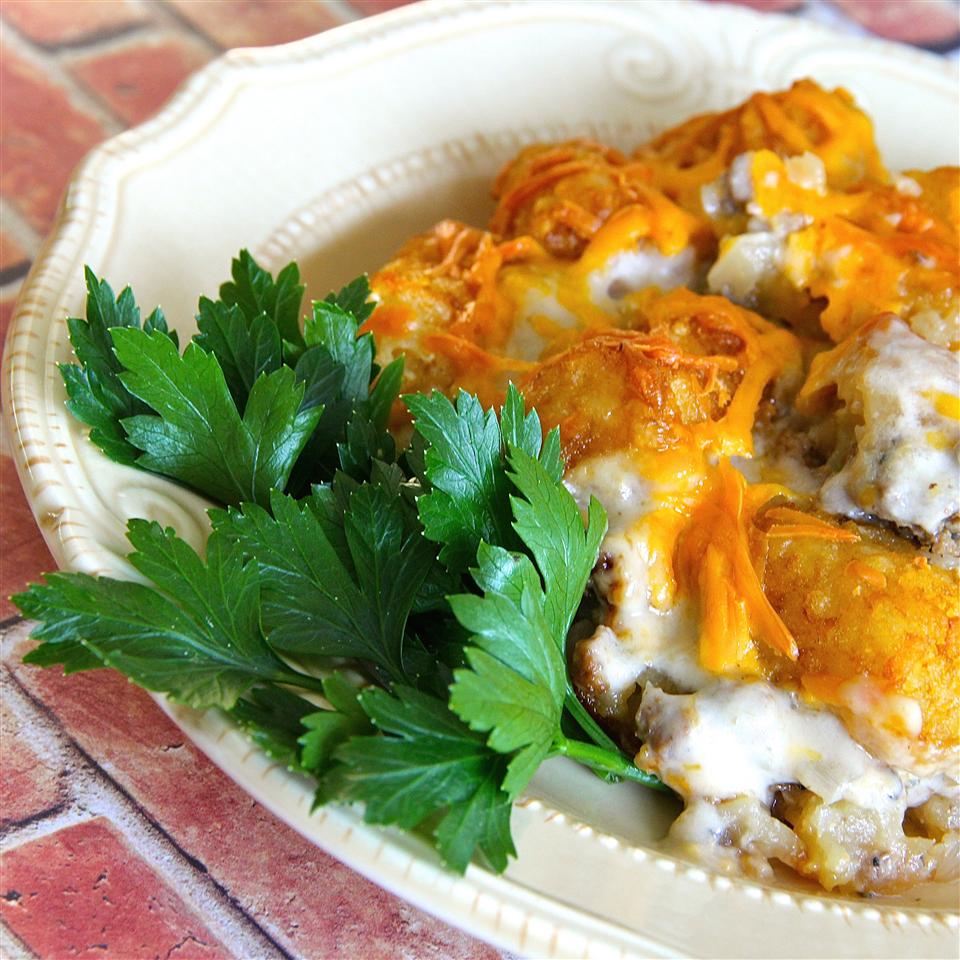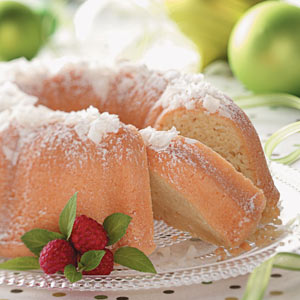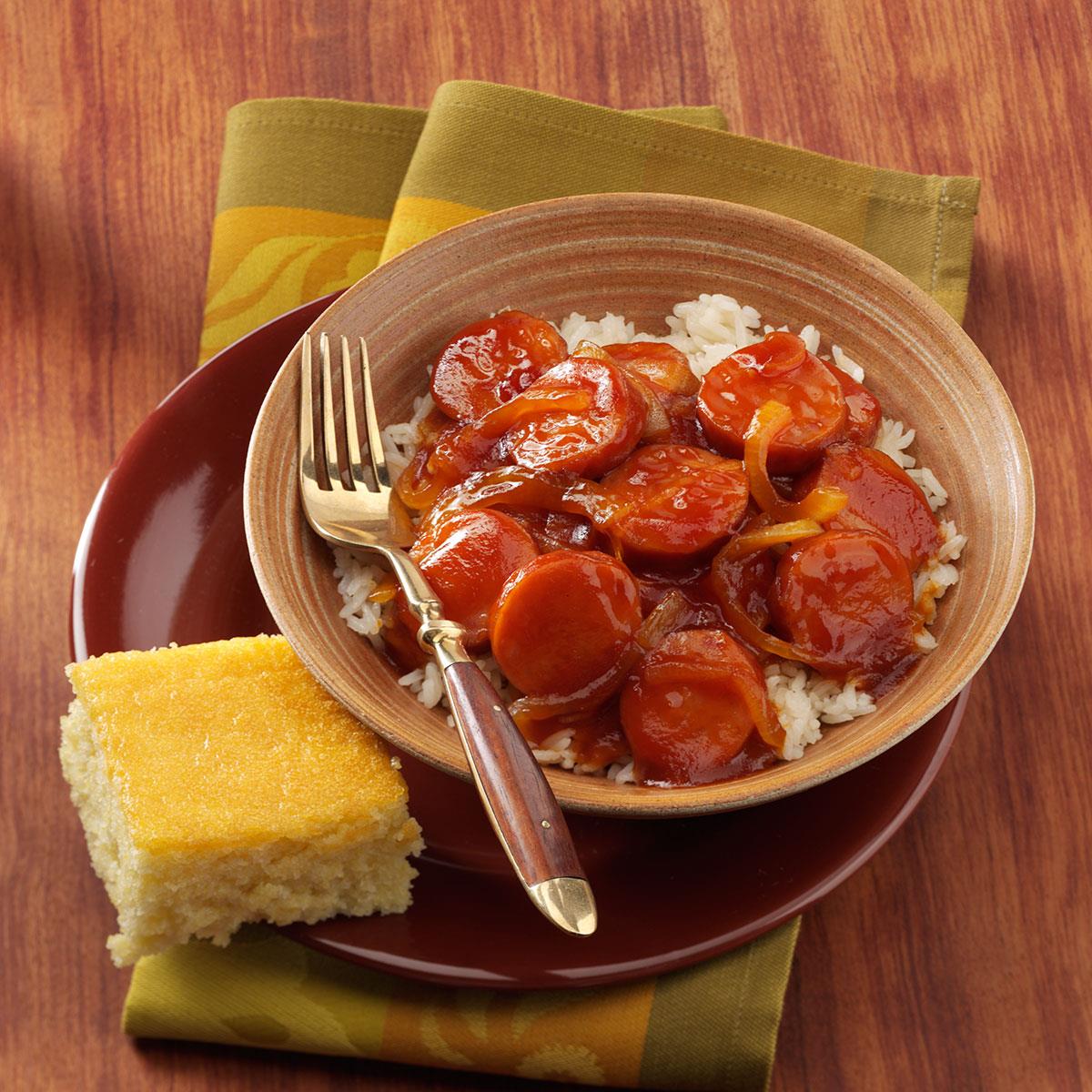Lasagne Verdi alla Bolognese is a traditional Italian dish from the Emilia-Romagna region. It is a baked pasta dish made with layers of fresh, homemade lasagna sheets, a rich and flavorful Bolognese sauce, a creamy béchamel sauce, and a generous amount of Parmigiano-Reggiano cheese. The lasagna is typically served hot and is a popular dish for special occasions and family gatherings.
This article provides two recipes for making Lasagne Verdi alla Bolognese: one for the traditional green lasagna sheets and one for the classic Bolognese sauce. The recipes are detailed and easy to follow, with step-by-step instructions and helpful tips. Additionally, the article includes a recipe for making a creamy béchamel sauce, which is a key component of this classic lasagna dish. With these recipes, you can create an authentic and delicious Lasagne Verdi alla Bolognese that will impress your family and friends.
LASAGNE VERDI ALLA BOLOGNESE
This is an adaptation of the official lasagne from the Bolognese Chamber of Commerce. I've made a couple of changes suggested to me by people from the area, such as which meat and wine to use or if there should be milk added or not. One thing never in question, though, is the green lasagne sheets. These are a must. The ragu is an authentic sauce, simple without garlic or herbs and spices. Using fresh pasta keeps you from having to pre-boil it.
Provided by Buckwheat Queen
Categories Meat and Poultry Recipes Pork Ground Pork Recipes
Time 4h
Yield 10
Number Of Ingredients 23
Steps:
- Saute pancetta in a large stockpot over medium-high heat until fat has rendered, 1 to 2 minutes. Add carrot, celery, onion, and oil. Cook and stir until vegetables have softened and onion is translucent, about 5 minutes. Add beef and pork. Cook, stirring and mashing meat into small crumbles, until browned, 5 to 7 minutes more.
- Stir wine into the stockpot and bring to a boil. Add tomato sauce and stir; pour in 1 cup broth. Reduce heat to low and partially cover the pot to allow steam to escape. Simmer sauce for 1 hour, stirring occasionally.
- Pour 1 more cup of broth into the sauce. Continue simmering until thick, 1 to 1 1/2 hours. Add more broth only if absolutely necessary; ragu should drop, not run, off a spoon.
- Start preparing pasta after sauce has been cooking for 1 1/2 hours. Bring water and salt to a boil in a small saucepan. Add spinach and cover until it returns to a boil. Stir gently and cook until spinach is heated through. Remove from heat, leave covered, and let cool.
- Drain spinach in a mesh strainer set over a bowl, pressing it down with a fork to squeeze out as much water and possible; reserve the liquid. Puree spinach in a blender until smooth.
- Sift flour into a bowl. Make a well in the center; add eggs, spinach, and about 1 tablespoon of the reserved liquid. Mix together by hand or using the dough hook of a stand mixer, adding more liquid if needed. Knead until dough becomes a smooth ball. Cover with plastic wrap and let sit at room temperature for 30 minutes.
- Taste the ragu and adjust salt. Remove from heat and add milk; stir well and set aside to cool.
- Divide pasta dough into 4 equal sections. Use a pasta machine, or rolling pin, dusted with flour, to roll pasta into 1/16-inch thick sheets. Lay sheets on clean dish towels to help them dry. Let rest for 20 minutes.
- Meanwhile, melt butter in a saucepan over medium heat. Do not allow it to brown or burn. Add flour and whisk constantly until golden. Add 1/2 cup milk, whisking constantly. Repeat with remaining milk. Simmer until bechamel is thickened, about 10 minutes. Season with nutmeg and salt.
- Preheat the oven to 350 degrees F (175 degrees C).
- Spread a bit of the ragu sauce over the base of a 9x13-inch baking dish. Add a layer of pasta. Top with a spoonful of sauce and bechamel. Add a spoonful of grated Parmigiano-Reggiano. Top with another layer of pasta. Add more sauce, bechamel, and cheese. Repeat layers until you reach the top; finish with a layer of pasta, bechamel, and cheese.
- Bake in the preheated oven until the sauce is bubbling and the cheese on top has browned, 25 to 30 minutes. Let lasagne rest for 10 or 15 minutes at room temperature before slicing.
Nutrition Facts : Calories 389.3 calories, Carbohydrate 28.3 g, Cholesterol 95.2 mg, Fat 23.1 g, Fiber 4.1 g, Protein 17.5 g, SaturatedFat 10.2 g, Sodium 612.4 mg, Sugar 6.8 g
LASAGNE ALLA BOLOGNESE

Provided by Food Network
Time 3h45m
Yield 8 servings
Number Of Ingredients 25
Steps:
- Preheat the oven to 375 degrees F.
- Butter the lasagne pan well and add a very thin layer of meat sauce.
- Add the first layer of lasagne noodles and in order, cover with meat sauce, about 3 ladles besciamella, and a generous sprinkle of Parmesan cheese. Repeat the same process until you reach the top of the dish. Make sure the lasagne noodles are soaking into the sauce.
- When done layering the ingredients, top the lasagne with a final ladle of meat sauce and some besciamella, add a few thin slices of butter and finish with some grated Parmesan.
- Bake for about 30 minutes.
- Heat a broiler. When your fantastic lasagne alla bolognese is cooked, give it a nice crisp top by broiling it for about 5 minutes.
- Always serve this dish with extra-virgin olive oil and some grated parmesan, to taste.
- Bolognese Sauce: Saute the onion, carrots, and celery in about 5 tablespoons olive oil in a large rondeau until soft. Add the pancetta to the soffritto (onion mixture). Cook on a medium-high flame for about 7 to 10 minutes, then add the meat; break it up well with a wooden spoon. You can jack up the heat a bit, and keep stirring until all the ground meat is browned. Add the red pepper flakes and the parsley and cook for just 1 minute. Add the wine now and cook until the alcohol is completely evaporated, scraping up the browned bits on the bottom of the pan.
- Pulse the tomatoes smooth in a food processor and add them to the meat, season generously with salt and pepper, lower the flame to medium and cook for about 2 1/2 hours, stirring occasionally. Finish the sauce by adding the whole milk, stir well and set aside, to cool off.
- Besciamella: Melt the 1/2 cup butter in a pan over medium heat. Stir in the flour with a wooden spoon. This is an important moment, as you have to slowly toast the flour without burning it. This will help you lose the flowery taste.
- Warm up the milk and gradually ladle into the pot with the butter-flour mixture, whisking constantly while bringing the mixture to a boil. Reduce the heat, and simmer for about 15 minutes. Season the sauce with freshly grated nutmeg, salt, and pepper.
Tips:
- Use fresh, high-quality ingredients for the best flavor.
- Don't overcook the pasta sheets. They should be al dente, or slightly firm to the bite.
- Make sure the béchamel sauce is smooth and creamy. If it's too thick, add a little milk or cream. If it's too thin, cook it over low heat for a few minutes, stirring constantly.
- Don't skimp on the cheese. Use a good quality Parmigiano-Reggiano or Pecorino Romano.
- Let the lasagna rest for at least 30 minutes before slicing and serving. This will allow the flavors to meld and the lasagna to set.
Conclusion:
Lasagna is a delicious and versatile dish that can be enjoyed by people of all ages. With so many different variations to choose from, there's sure to be a lasagna recipe that everyone will love. Whether you're making a classic lasagna alla Bolognese or a more modern version with pesto or roasted vegetables, be sure to follow these tips for the best results. With a little planning and effort, you can create a lasagna that will be the star of your next meal.
Are you curently on diet or you just want to control your food's nutritions, ingredients? We will help you find recipes by cooking method, nutrition, ingredients...
Check it out »
You'll also love





